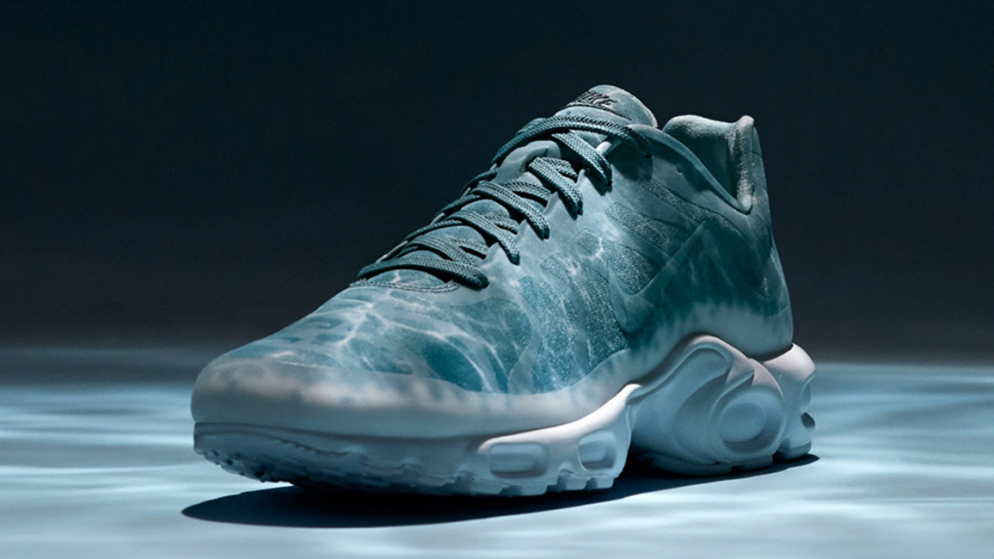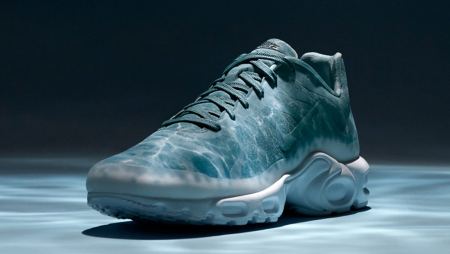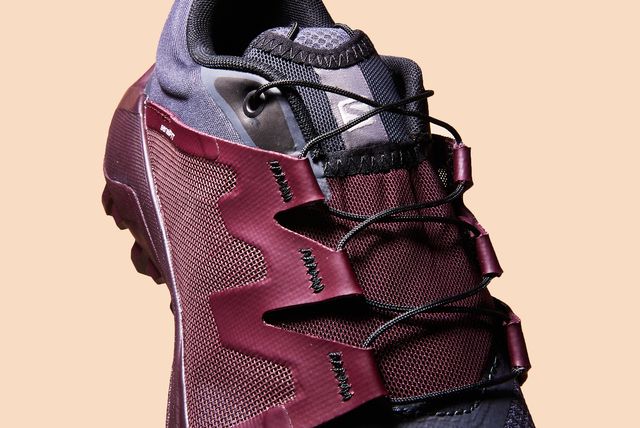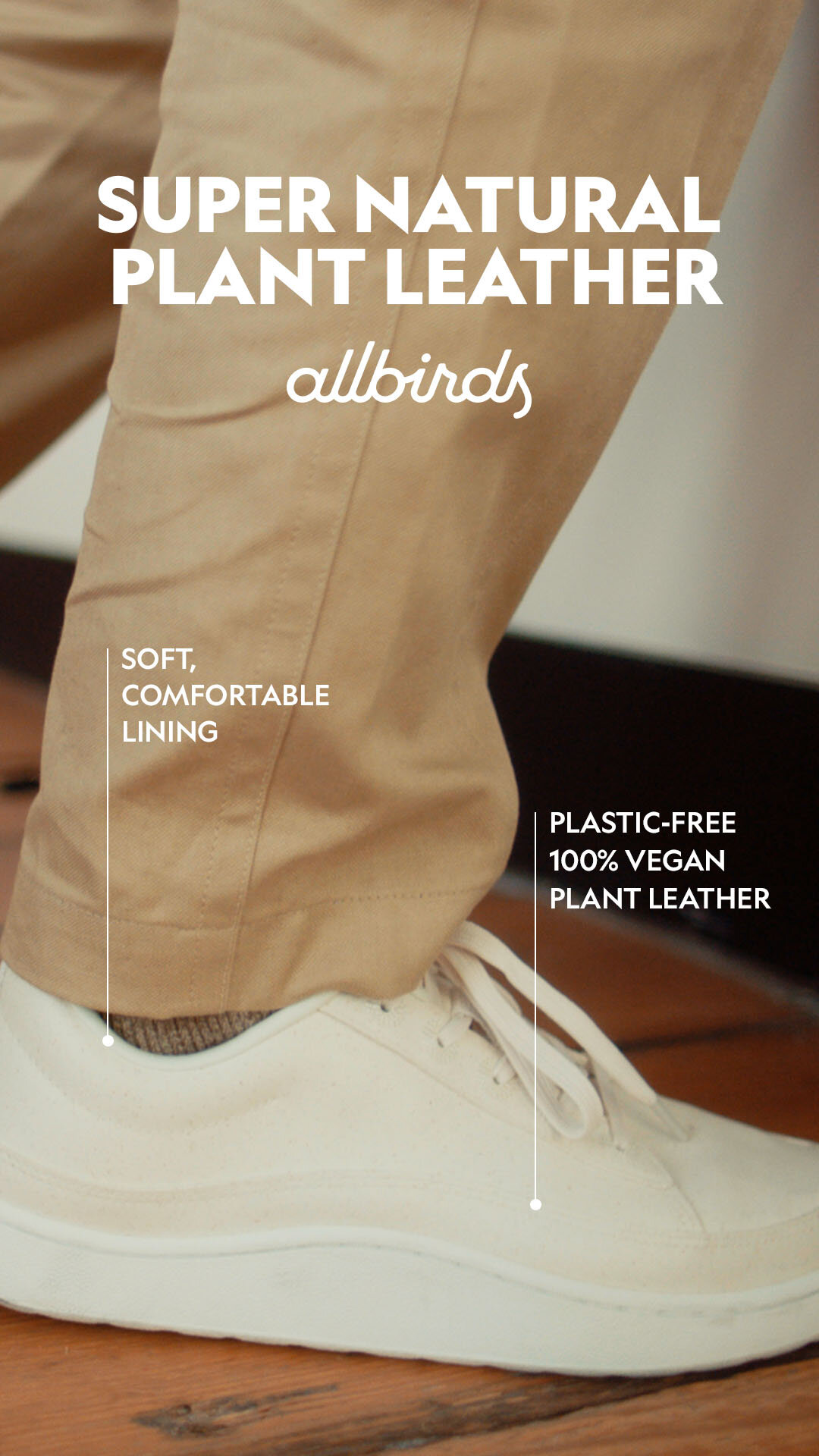

Heads up: Our content is reader-supported. This page includes affiliate links. If you click and purchase, I may receive a small commission at no extra cost to you.
Salomon’s running history began in 2001, when it released its Raid Race trail shoe. With its combination of robust construction, comfort, and fit, it was a forward-thinking design for the time that brought some of the best features of hiking boots to a running shoe. Since then, the brand has continued to expand and earn the trust of pro and amateur trail runners alike, and the company now boasts a deep roster of shoes for all kinds of off- and on-road adventures.
Best Salomon Running Shoes
- Best for mixed terrain: sense ride 4
- Most supportive trail shoe: xa pro 3d v8
- Best daily road trainer: predict 2
- Best for trail racing: s/lab ultra 3
- Lightest road racer: s/lab phantasm
- Best for speedwork: spectur
- Best cushioned trail trainer: pulsar trail
- Best long-distance trail shoe: ultra glide
- Best for muddy trails: speedcross 6
The Expert: I became a runner in middle school and have covered running and outdoor gear for years, both on-staff at Runner’s World and as a freelance journalist. Running shoes is the category of gear I’ve written about the most, and I have firsthand experience with models from a range of brands. To write articles like this, I talk with brand reps about the company’s latest shoes and tech, consult RW tester feedback, and draw on my own experience with the running shoe industry. With direction from RW editors, I combine all that info to choose what shoes make it onto this page.
Firm and Fast
If you like a super plush and pillowy soft shoe, we’ll save you some time—look elsewhere. (Here’s a good place to start.) For the most part, Salomon shoes are firm, even when the company advertises them as cushioned, and they’re designed to give you a responsive ride with a good feel for the ground. The company has devised a few key technologies to achieve that without sacrificing comfort. The first is a dual-layer midsole called Optivibe. Optivibe is composed of JPAD (a dense, memory foam-esque EVA material) placed at the heel, and Infuse (a lightweight, bouncy EVA-and-Olefin-based foam that Salomon developed with Dow Chemical) placed along the bottom of the sole.
Salomon also uses an EVA-based foam called EnergyCell+ and Energy Save, a TPU insert, in its midsoles. The first is tuned to absorb shocks and bounce back quickly, whereas the latter adds more durability on touchdown, making it well suited for long-distance running
One of Salomon’s newest cushioning materials, Energy Surge, is made from a combination of EVA and Olefin—essentially a specialized version of Infuse. Energy Surge offers low weight, high energy return, and a softer feel than traditional EVA, and Salomon’s in-house testing shows it has superior vibration dampening compared to Optivibe. It debuted on the S/Lab Pulsar in 2021 and also appears in the Ultra Glide.
In addition to these new foams, Salomon developed the EnergyBlade plate; it first appeared in the S/Lab Phantasm CF in 2022. It’s a similar concept to the carbon fiber plates found in other brand’s shoes, but Salomon uses various materials and plate shapes across different shoes. For road shoes, the Energy Blade is made with polyamide and glass fiber (called “composite fiber”), which makes it stiff for maximum energy return. On trail shoes, the Energy Blade is made with TPU, a flexible material that can more easily conform to uneven terrain
Another major technology is Salomon’s 3D Chassis, a support feature that the company has used for over a decade. Originally, the chassis was made of hard plastic, though Salomon has transitioned to a dense foam in more recent models. The company installs this support system between the midsole and the rubber outsole to add rigidity and help the midsole cushioning keep its shape. For runners, the chassis creates support and stability, which is especially important when negotiating uncertain terrain
Tight Laces, Tight Grip
Salomon has also developed innovations for the uppers and outsoles of its shoes. Many of its models come with a Quicklace system, in which the laces tighten and loosen via an adjustable cinch. You can then store the slack end of the laces in a small pouch on the tongue of the shoe. Quicklace prevents laces from getting caught on rocks or plants as you run, and it also allows you to fine-tune the fit more closely than with a traditional system. Paired with Sensifit, an upper design that uses “wings” connecting the sole to the lacing system, it creates a notably snug, comfortable fit

Salomon shoes are renowned for their traction, and that’s largely thanks to the Contagrip outsole the company uses. A special rubber formulation that Salomon produces itself, Contagrip comes in a high-abrasion version for excellent durability, a softer compound for flexibility, and a third compound specifically for slick conditions. These compounds are mixed and matched to create outsoles for different conditions (harder trails versus soft and muddy ones, for example), and together they create excellent grip across all kinds of terrain.
How We Evaluated Salomon Running Shoes
The shoes below represent the best Salomon running shoes for both road and trail. To recommend them, I gather feedback from Runner’s World staff and its team of 225 wear testers, which includes runners of all ages and speeds living across the U.S. Data from mechanical tests at the RW Shoe Lab also comes into play. There, editors have checked and re-checked the energy return of EnergyCell+ foam, measured the softness of Optivibe midsoles, and assessed the stability of Salomon’s supportive 3D Chassis system. Where possible, I’ve linked to full reviews for a more in-depth look at an individual shoe’s performance.

The previous version of the Sense Ride was incredibly comfortable, reliable, and durable for everyday trail running and racing, so Salomon didn’t mess with it much. The upper on the 4 continues to make use of minimal overlays and stitching to reduce the risk of hot spots, though there’s more coverage over the toes for protection. There’s less fabric around the upper part of the heel, but cushioned pods lock your foot in place and limit unwanted sliding, while the tongue wraps around the midfoot like a sleeve. Testers’ favorite feature remains the shoe’s traction: 4-millimeter diamond-shaped lugs bite into soft dirt and mud but are made of sticky rubber that grips both wet and dry ground. One tester said the new model boosted her confidence. “I love the traction. I feel comfortable letting it rip downhill,” one tester raved. “That says a lot for running on wet, rocky, and muddy PA trails!”

The XA Pro 3D has been a part of the Salomon lineup for a while—it’s a direct descendant of the XA Pro first released in 2002. It has remained a popular choice, likely because it can handle nearly any surface you’ll encounter outside. Salomon tweaked the V8 to make it softer and lighter, and an updated 3D chassis combined with a Sensifit upper makes for a supportive feel and snug fit. All that rides on a Contagrip outsole, so you can take on gnarly trails with confidence.

The Predict is part of Salomon’s road line, and it brings some impressive technology to the asphalt. The latest version comes upgraded with the company’s Infiniride cushioning, which delivers a slightly softer landing than Salomon’s other road shoes, according to testers. It’s paired with the same grooved midsole construction that made its predecessor, the Predict RA, flexible yet supportive without any traditional stability features. Rather than having medial posts or foams of different densities, the midsole uses firm outsole pillars with grooves aligned with the joints of your foot, so you get an exceptionally smooth, stable ride—ideal for training on the road. “While the heel cushioning seemed to absorb impact uniformly and didn’t ever feel like I bottomed out, there wasn’t enough forefoot cushioning for me,” one tester said. “I’m not sure I would take this on a double-digit mileage run—an easy-effort 10K was the ideal distance for this shoe.”






